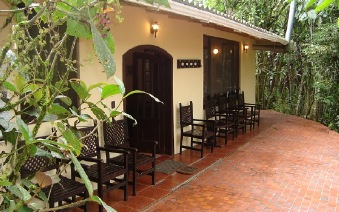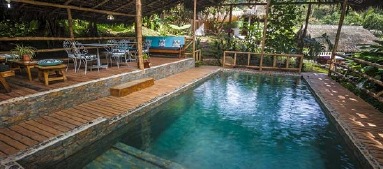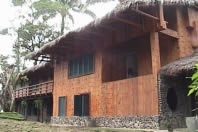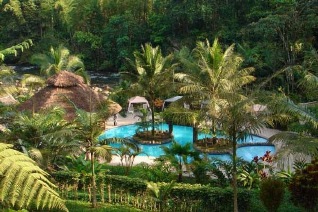What makes this trip special?
High temperate zone
Yanacocha forest & Nono-Mindo road
Lower temperate zone & subtropical forest
Tandayapa
The Antpitta farm
Refugio de los Aves
Western Andean slopes
Milpe
Lowland tropical forest
Rio Palenque Biological Centre
Lowland habitat
Rio Salinche road
Itinerary
-
- Day Overnight
-
1
Tandayapa
-
1
Quito
-
2
Tandayapa
-
3
Mindo
-
4
Mindo
-
5
Milpe
-
6
Rio Palenque
-
7
Pedro Vicente Maldonado
-
8
Quito
-
- For the detail of each day click the ‘Day-by-day’ tab above.
Day-by-day itinerary for 'Birds of the Northwest Andes'
Yanacocha Forest and the Nono-Mindo Road
Refugio Paz de las Aves (the ‘Antpitta farm’)
Rio Palenque Biological Centre
Palenque and Pedro Vicente Maldonado
Guide prices for 'Birds of the Northwest Andes'
| options |
based on |
all year |
low season |
mid season |
high season |
peak season |
other season |
| Driver |
2 people sharing |
£6,000 |
|
|
|
|
|
| Bird guide |
2 people sharing |
£7,000 |
|
|
|
|
|
Prices are per person and include:
- all travel in Ecuador
- all accommodation
- meals as indicated B=breakfast, L=lunch, D=dinner
Prices do not include:
- international flights
- travel insurance
- airport and departure taxes
- items of a personal nature such as drinks, tips, laundry, etc
- any optional excursions you may buy locally
Customer reviews for
'Birds of the Northwest Andes'
Recent reviews are shown here from holidays based on this initial design. In each case the itinerary may have been modified
(a little or a lot) to suit the individual traveller.
Average customer rating 100%
Seasonal information for 'Birds of the Northwest Andes'
Hotels for 'Birds of the Northwest Andes'
Days 1 - 2
Tandayapa Lodge
high elevation near Mindo
A birders lodge. Proudly designed by birders, owned by birders, and run for birders by birders. Not really suitable for people with more general interests. However, everyone would enjoy the long list of hummingbird species that can be seen at their feeders.
Downside: functional. Few comforts and only the very smallest outside communal patio area to relax on as this is a very steeply sloped site seventy metres from the forest edge. Rooms are a good size, plain, clean with private bathroom. Meals are served at times to suit birders I.e. early breakfasts and early dinners.

Balcony
Day 3
Septimo Paraiso
Mindo valley bottom
Average rating 4.4 (23 ratings)
This charming lodge in the valley bottom at Mindo is like an assemblage of rambling Swiss chalets. It offers comfortable well-maintained and characterful wood-walled rooms, each with private bathroom.
The lodge is set in a 300 hectare private reserve at 1,050-1,650m. A selection of short and long trails run from the lodge, and it has a swimming pool.
Note: the resident bird guide doesn't speak English.

bedroom
Day 6
Rio Palenque Reserve biological station
near Pedro Vicente Maldonado
A rustic naturalists' lodge situated within the Rio Palenque reserve beside the Palenque River. Bedrooms have private facilties and hot water showers.

Lodge exterior
Day 7
Hosteria El Paraiso, P V Maldonado
Pedro Vicente Maldonado
A comfortable mid-range hotel with 19 rooms with lush surroundings. It is situated beside the river outside Pedro Vicente Maldonado with a garden setting and swimming pool. There is horseback riding, billiards, table tennis, fishing and a river beach. Rooms have TV, private bathrooms with hot water, fans, minibarand private porch.

Pool area